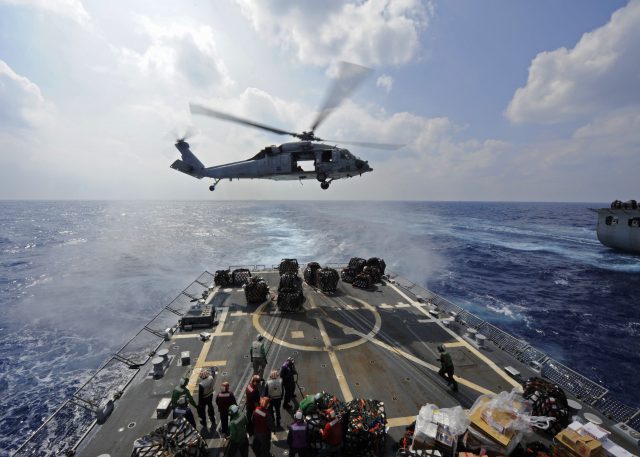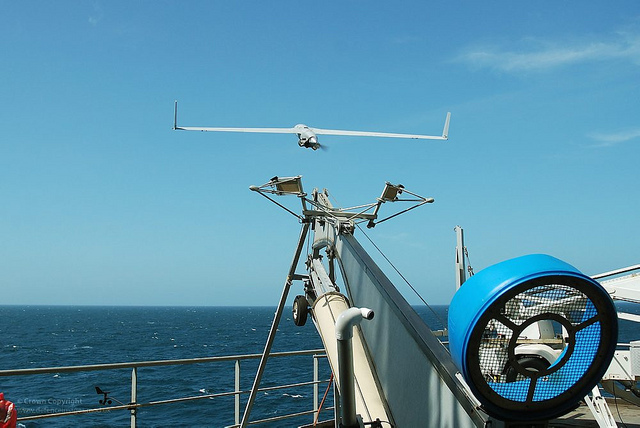Demonstrated destruction is deterrence

US and Israeli air strikes in the last month underlined the unrivalled ability of sophisticated air forces to reach and destroy sensitive targets.
The devastating attacks contrasted sharply with ineffectual Iranian and Houthi missile and drone attacks. Critically, the demonstrated power of the strikes strengthened deterrence.
Australia should pay attention as it develops strike capabilities for its strategy of deterrence by denial. The key capability implication for the ADF is the centrality of sophisticated air forces in degrading and penetrating air defences and delivering the firepower needed destroy hard targets. The critical policy insight is that a proven ability to destroy sensitive targets at will is a far more compelling deterrent than visions of future capability.
On 27 September Israel killed Hassan Nasrallah, Hezbollah’s secretary-general, as he met with senior Hezbollah leaders in a bunker buried nearly 20 metres under four high-rise buildings in southern Beirut. Israeli aircraft reportedly dropped 80 precision-guided penetrating weapons with 900kg-class warheads. The weapons were dropped at precise angles and the warheads were fuzed to detonate at specific heights to collapse the high-rise buildings and penetrate Nasrallah’s bunker. While there are questions about the strike’s proportionality, its sophistication and effectiveness are unquestioned.
On 16 October, US aircraft including two B-2A bombers destroyed five buried and hardened weapons storage locations in Houthi-controlled areas of Yemen. The mission reportedly used airspace and airbases in Australia, so the bombers flew at least 10,000km to the targets. The B-2A’s participation suggests GBU-57 Massive Ordnance Penetrators of around 13 tonnes destroyed at least some of the hardened and buried targets, as only B-2As can employ those weapons. In the words of the US defense secretary the strikes demonstrated America’s capacity to ‘target facilities that our adversaries seek to keep out of reach, no matter how deeply buried underground, hardened, or fortified … anytime, anywhere.’
Finally, in the early hours of 26 October more than 100 Israeli aircraft struck air defence, missile production and other military targets in Iran. The assault came in three waves in less than four hours and employed a variety of weapons, including air-launched ballistic missiles from Iraqi airspace. The first wave degraded Iranian air defences, including destroying Iran’s last remaining Russian-made S-300 surface-to-air missile batteries, which were its most advanced. This gave succeeding waves greater flexibility and leaves Iran vulnerable to further attacks. The strikes hit a limited number of sensitive military targets across Iran, including in the capital Tehran, to demonstrate Israel’s restraint while underscoring its ability to strike at will.
By contrast, the more than 500 Iranian missiles and drones targeting Israel in separate attacks in April and October overwhelmingly failed to reach their targets or do more than minor damage to the two Israeli airbases that they did hit. The same is true for Houthi attacks on more than 90 ships in the Red Sea over the last year, with just two ships sunk. This is not to diminish the seriousness of the threat posed by the missiles and drones or the cost exchange problem of using expensive air defence missiles to stop cheap drones. But it does serve to highlight the contrast in effectiveness, and that cost exchange perhaps should also consider the value of targets protected.
Sophisticated Israeli and US air forces, operating as integrated packages including drones and using stand-off missiles, have devastated hardened and defended targets over long range and at will in the past few weeks. Meanwhile, Iranian and Houthi missiles and drones have done little more than harass to the point of prompting retaliatory strikes that underlined their vulnerability.
The ADF should heed the relative effectiveness of these attacks as it develops strike capabilities. Investment in new surface-launched stand-off missiles should not obscure the enduring centrality of air striking forces for two reasons illustrated by events in the Middle East in the last month. First, missiles and drones alone struggle to penetrate capable air defences—especially over long ranges. They need to be integrated with broader strike packages, including crewed aircraft (for now), to reach their targets. Second, stand-in weapons carried by large aircraft remain the only way to effectively deliver the concentrated weight of firepower needed to destroy buried and hardened targets.
Finally, the Israeli and US strikes are a stark reminder that the most effective deterrent is a proven ability to devastate, not simply disrupt, targets at will.










